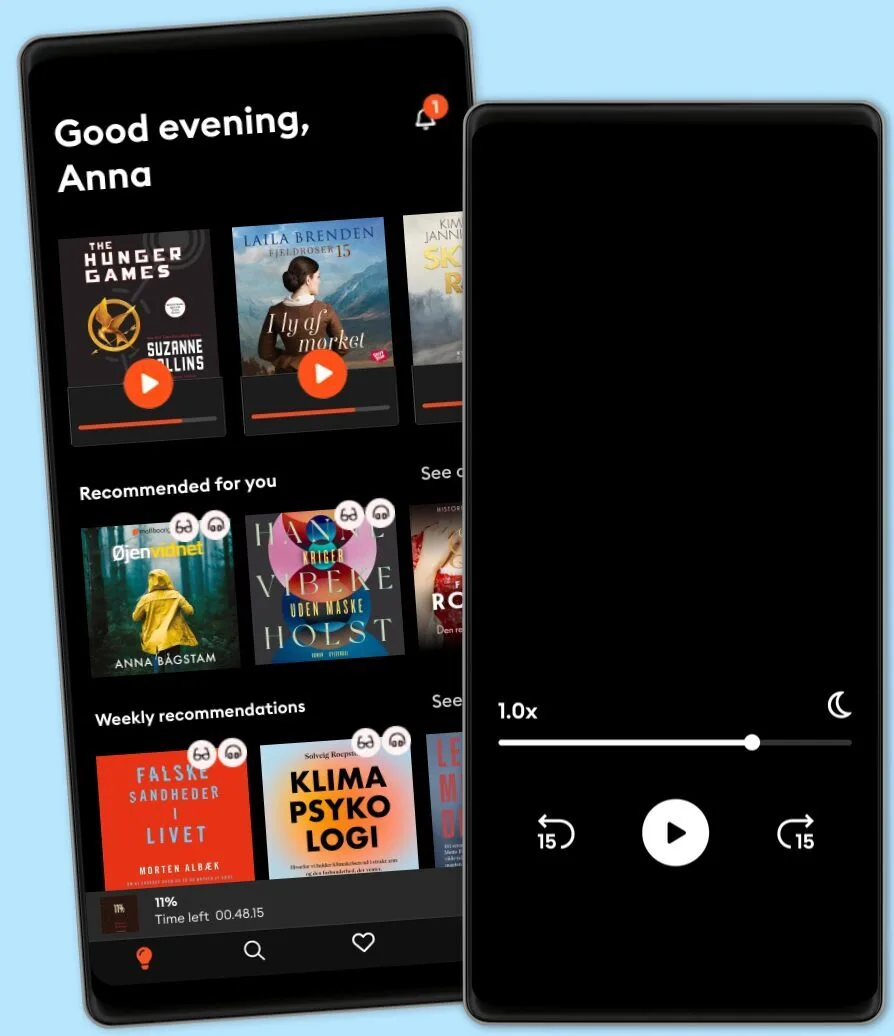Lyt når som helst, hvor som helst
Nyd den ubegrænsede adgang til tusindvis af spændende e- og lydbøger - helt gratis
- Lyt og læs så meget du har lyst til
- Opdag et kæmpe bibliotek fyldt med fortællinger
- Eksklusive titler + Mofibo Originals
- Opsig når som helst

New Orleans Pralines: Plantation Sugar, Louisiana Pecans, and the Marketing of Southern Nostalgia
- Af
- Forlag
- Sprog
- Engelsk
- Format
- Kategori
Fakta
Winner of the Gulf South Historical Association's Michael V.R. Thomason Book Award
The Creole praline arrived in New Orleans with the migration of formerly enslaved people fleeing Louisiana plantations after the Civil War. Black women street vendors made a livelihood by selling a range of homemade foods, including pralines, to Black dockworkers and passersby. The praline offered a path to financial independence, and even its ingredients spoke of a history of Black ingenuity: an enslaved horticulturist played a key role in domesticating the pecan and creating the grafted tree that would form the basis of Louisiana’s pecan orchards.
By the 1880s, however, white New Orleans writers such as Grace King and Henry Castellanos had begun to recast the history of the praline in a nostalgic mode that harkened back to the prewar South. In their telling, the praline was brought to New Orleans by an aristocratic refugee of the French Revolution. Black street vendors were depicted not as innovative entrepreneurs but as loyal servants still faithful to their former enslavers. The rise of cultivated, shelled, and cheaply bought pecans—as opposed to the foraged pecans that early praline sellers had depended on—allowed better-resourced white women to move into the praline-selling market, especially as tourism emerged as a key New Orleans industry after the 1910s.
Indeed, the praline became central to the marketing of New Orleans. Conventions often hired Black women to play the “praline mammy” role for out-of-towners, while stores sold pralines with mammy imagery, in boxes designed to look like cotton bales. After World War II, pralines went national with items like praline-flavored ice cream (1950s) and praline liqueur (1980s). Yet as the civil rights struggle persisted, the imagery of the praline mammy was recognized as an offensive caricature.
As it uncovers the history of a sweet dessert made of sugar and pecans, New Orleans Pralines tells a fascinating story of Black entrepreneurship, toxic white nostalgia, and the rise of tourism in the Crescent City.
© 2024 LSU Press (E-bog): 9780807183205
Udgivelsesdato
E-bog: 8. oktober 2024
Tags
Vælg dit abonnement
Over 600.000 titler
Download og nyd titler offline
Eksklusive titler + Mofibo Originals
Børnevenligt miljø (Kids Mode)
Det er nemt at opsige når som helst
Premium
For dig som lytter og læser ofte.
129 kr. /måned
Eksklusivt indhold hver uge
Fri lytning til podcasts
Ingen binding
Unlimited
For dig som lytter og læser ubegrænset.
159 kr. /måned
Eksklusivt indhold hver uge
Fri lytning til podcasts
Ingen binding
Family
For dig som ønsker at dele historier med familien.
Fra 179 kr. /måned
Fri lytning til podcasts
Kun 39 kr. pr. ekstra konto
Ingen binding
179 kr. /måned
Flex
For dig som vil prøve Mofibo.
89 kr. /måned
Gem op til 100 ubrugte timer
Eksklusivt indhold hver uge
Fri lytning til podcasts
Ingen binding
Dansk
Danmark